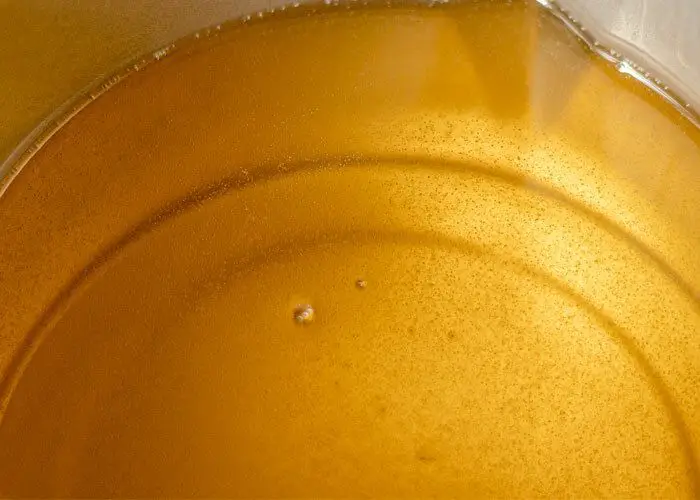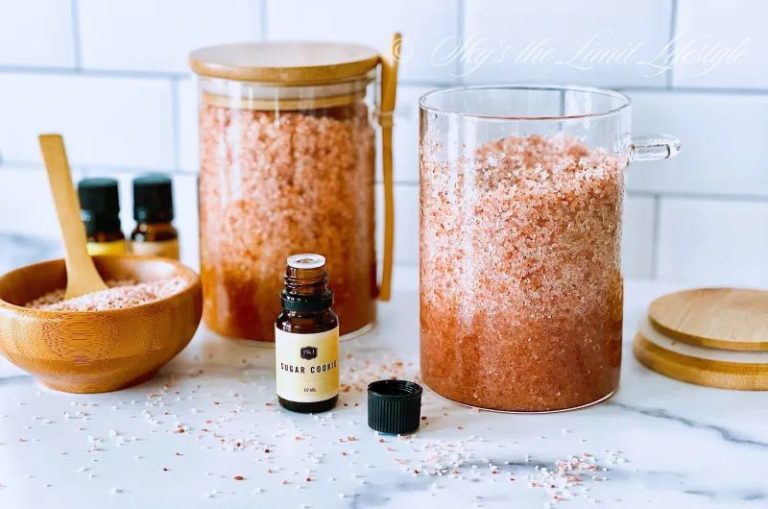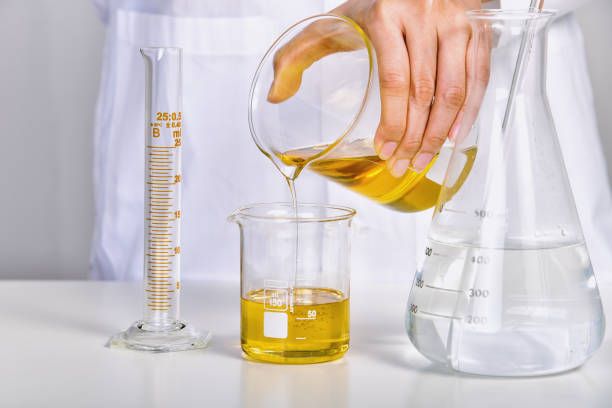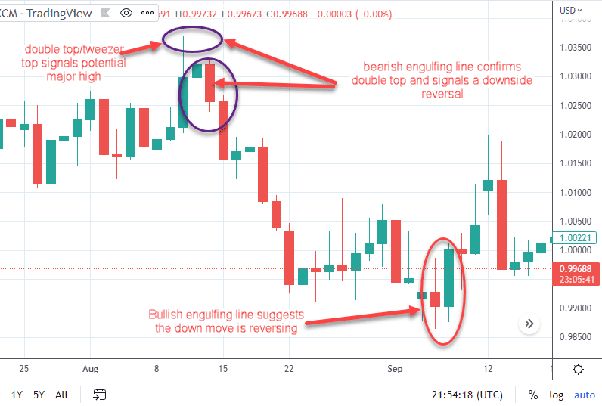Can You Overheat Wax When Melting?
Melting wax is an essential part of candle making, wax warming, and using wax melts. Properly melting wax allows it to transition to a liquid state so it can be poured, scented, and shaped as desired. However, overheating wax is a common mistake that can ruin wax, damage equipment, and even be dangerous.
This article will cover everything you need to know about overheating wax. We’ll explain the signs of overheating, ideal wax melting temperatures, potential dangers, and tips to properly monitor and control wax temperature. By understanding why overheating happens and how to avoid it, you can have success melting wax for candles, warmers, and melts.
What Happens When You Overheat Wax
Wax is composed mainly of hydrocarbons, which are molecules containing hydrogen and carbon atoms. At higher temperatures, the hydrocarbon chains that make up wax begin to break down through a process called thermal degradation or pyrolysis
Specifically, overheating wax above its smoking point, which is 370-430°F for paraffin wax, can start to break down the long alkane hydrocarbon chains. This makes the wax more brittle and causes color changes from white to yellow or brown. Overheating also produces an unpleasant burnt odor as the wax molecules decompose. Excessive overheating above 600°F can fully decompose wax into other hydrocarbon gases, leaving behind only carbon residue.
In summary, overheating wax substantially alters its chemical makeup by breaking down the alkane chains that give wax its supple texture and white color when solidified. This results in wax that is more discolored, brittle, and gives off fumes when melted.
Ideal Wax Melting Temperatures
Different types of wax have specific temperature ranges where they optimally melt for candle making. Going above or below these ideal wax melting temperatures can lead to issues.
According to brookotascreations.com, here are some common wax melting temperature ranges:
- Beeswax – 144-149°F (62-65°C)
- Paraffin – 115-142°F (46-61°C)
- Soy Wax – 113-127°F (45-53°C)
- Gel Wax – 180°F (82°C)
- Coconut Blend Wax – 124-127°F (51-53°C)
Staying within these ideal temperature ranges allows the wax to melt fully and properly bind together. Going above or below can prevent proper melting or cause the wax to “sweat” and separate.
Signs You’re Overheating Wax
There are a few key signs that indicate you may be overheating wax while melting it:

- Discoloration – The wax may start to darken or change color as it overheats. This is often an early indicator that the temperature is too high.
- Burning smell – Overheated wax can give off a burnt or acrid odor as the wax components start to break down.
- Smoking – If you see wisps of smoke coming from the melting wax, that’s a clear sign it is overheating. The wax may be close to its flash point.
- Bubbling or foaming – Excessive bubbling or foaming can occur when wax gets extremely hot. The wax components are breaking down rapidly.
- Wax separation – Some types of wax may start to separate, with oily residues forming at high temperatures.
- Flame ignition – In severe cases, the wax may reach its flash point and ignite if overheated excessively.
If you notice any of these signs when melting wax, immediately remove the wax from the heat source to prevent further overheating. Let the wax cool before attempting to remelt it at a lower temperature.
Dangers of Overheating Wax
Overheating wax can pose some serious dangers that every candle maker should be aware of. The main risks of getting wax too hot are fire hazards, wax degradation, and performance issues.
If wax reaches its flash point temperature, generally 400-500°F, it can combust and catch fire quite easily (Source). This presents an obvious fire hazard if you’re melting wax over an open flame or other direct heat source. The wax can ignite and spread flames rapidly. Wax vapors released when overheated are also flammable.
Even below flash point, overheated wax begins to degrade, breaking down on a molecular level (Source). This can change the color, scent throw, and texture of the wax. Overheated wax may become discolored, lose its fragrance more quickly, develop unpleasant odors, become brittle or gummy, or lose its opacity.
The altered properties of overheated wax also make it poor performing in candles. Degraded wax can lead to issues like poor scent throw, sink holes, poor melt pool, sputtering, mushrooming, and more. So overheating during the preparation process ruins the quality of the finished candle.
Proper Melting Equipment
When melting wax, it’s important to use the right equipment to maintain proper temperatures and avoid overheating. Some recommended options include:
A double boiler is one of the most common pieces of equipment used. The double boiler allows you to gently heat the wax in an upper container suspended above simmering water in the lower pot. This provides indirect, even heating without the risk of scorching like direct stovetop heat. Look for a double boiler with a thermostat or thermometer to monitor the temperature.
Wax warmers or wax melting tanks are designed specifically for candle making. They often feature digital temperature controls for accuracy and even heating across the large surface area. For example, the WaxMelters PRIMO 100 offers fast melting with energy efficient, safe heating up to 100 lbs of wax.
Slow cookers and crockpots are an affordable option. Use a separate thermometer and stir frequently for even heating. Look for models with adjustable temperature settings and avoid keeping wax on the “warm” setting too long.
The key is finding melting equipment with good temperature control and monitoring to prevent overheating. Features to look for include digital controls, thermostats, and external thermometers. Proper preparation is crucial for quality homemade candles.
Monitoring Temperature
A critical part of melting wax properly is monitoring the temperature to ensure you don’t overheat the wax. There are a couple ways to monitor the wax temperature:
Use a wax thermometer to check the exact temperature. These are specialized thermometers made for melting wax that are calibrated to the ideal wax melting range. To use a wax thermometer, turn it on, insert the probe into the wax, and wait for the digital reading. The temperature should remain between 120-185°F during melting.
Check wax consistency and appearance. As the wax heats, it will go from solid, to slushy, to a fully liquid state. The wax should be fully liquid but should not get so hot that it starts to discolor or smoke. If the wax is smoking or you smell burning, it is drastically overheated. The wax should appear clear and liquid but not bubbly when at the right temperature.
Keep a close eye on the wax as it heats, stirring periodically. Melting too quickly or uneven heating can cause parts of the wax to overheat before the rest is fully liquid. Monitoring temperature and frequently stirring helps avoid this.
Turn down heat if the wax starts to smoke or darken. Never leave heating wax fully unattended. Frequently check in and adjust temperature settings to avoid overheating accidents.
Tips to Avoid Overheating
When melting wax, it’s important to use low and slow heating methods to prevent overheating. Direct stovetop contact can cause wax to heat unevenly and reach excessively high temperatures. Here are some tips to avoid overheating:
Use a double boiler or makeshift double boiler like a saucepan and metal bowl to gently heat wax indirectly. This allows for more even heating without direct contact with a burner. Constantly stir wax to maintain an even temperature throughout. Monitor with a thermometer and keep the temperature between 150-170°F during melting for soy wax or paraffin. Going above 185°F risks overheating and discoloration (Source: https://www.powerblanket.com/blog/4-ways-beautiful-candles-heating-wax-effectively/).
Invest in a wax melter designed for candle making. Wax melters allow very precise temperature control to avoid overheating. Use the lowest setting when first melting solid wax. If using a microwave, heat the wax in short 30 second bursts, stirring in between to prevent hot spots forming (Source: https://nzcandlesupplies.nz/blogs/news/soy-wax-troubleshooting).
Maintain a melting temperature but don’t let the wax come to a boil. Bubbling indicates the wax is too hot. Turn down the heat source if the wax starts foaming. Overheated wax can smell burnt – this means it’s time to remove from the heat source immediately.
Fixing Overheated Wax
If you accidentally overheat your candle wax, there are a few things you can try to salvage it:
Filtering – Pour the wax through a coffee filter or cheesecloth to remove any debris or impurities caused by overheating. The filtration process can help improve the appearance and scent throw of the wax. See this reddit thread for tips on filtering overheated wax: https://www.reddit.com/r/candlemaking/comments/16illc2/accidentally_heat_candle_wax_to_220/
Add oils – Adding a small amount of fragrance or essential oils can help mask any burnt smells from overheating. The oils can also restore some of the scent throw. Use 1-2% fragrance oil per pound of wax.
Reblending – Melt down the overheated wax and mix it with new wax at a 1:1 ratio. The new wax will help dilute and improve the properties of the overheated wax. Properly store the re blended wax for later use. Just be careful not to overheat the wax again during this process.
While it may take some work, overheated wax can often be fixed and reused, so don’t be too quick to throw it out. With some filtering, adding oils, and reblending, you can bring overheated wax back to life.
Summary
Overheating wax can ruin your candles or candle-making efforts. Proper melting technique and monitoring of temperatures is crucial. The ideal wax melting temperature range is between 185°F to 200°F. Going above 200°F risks overheating the wax. Signs of overheating include discoloration, burning smells, bubbling, and smoke. Overheated wax loses its scent and texture, making inferior candles. Prevent overheating by using a double boiler method, keeping the heat low and gradual, stirring frequently, and avoiding direct stovetop heat. If you do overheat wax, allow it to cool and solidify, then remelt it slowly at proper temperatures. In summary, care and vigilance when melting wax pays off with higher quality candles.





